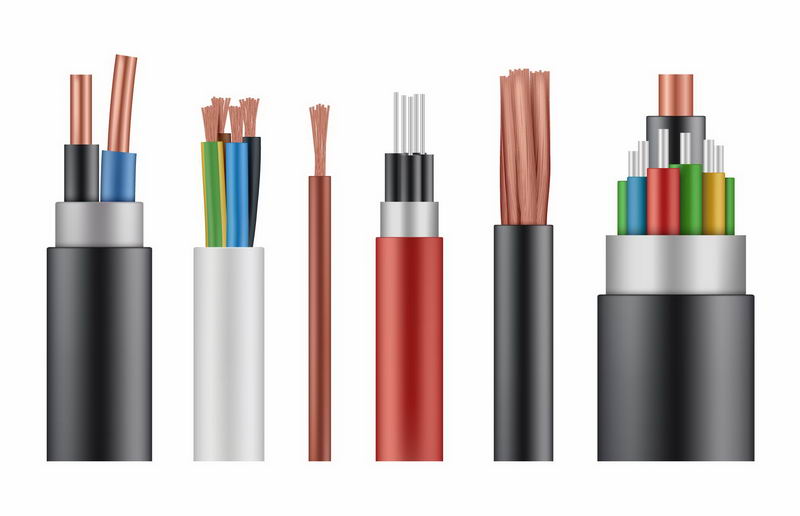Features of cable protective layer:
1.Metal protective layer:
Usually consists of a metal sheath (inner sheath) and an outer sheath. The outer protective layer is generally composed of inner lining, armor layer and outer covering layer, and the commonly used materials of its metal protective layer are aluminum, lead and copper.
Metal protective layer mainly plays the role of mechanical protection and shielding, and also has the characteristics of corrosion resistance, compression and tensile resistance and water resistance, which can prevent moisture and other harmful substances from entering the cable insulation, so it is widely used as the sheath of oil-impregnated paper insulated power cables with poor moisture resistance.
2.Rubber and plastic protective layer:
Rubber-plastic protective layer is characterized by its softness and lightness, which is widely used in mobile cables. However, due to the water permeability of rubber and plastic materials, it can only be used when using polymer materials with high moisture resistance as cable insulation.
Then some users will ask why plastic is used as a protective layer in the market.
Compared with plastic sheath, rubber sheath has higher elasticity and flexibility and aging resistance, but the process is relatively complicated. However, the plastic sheath has good mechanical properties and water resistance, and is rich in resources, cheap and convenient to process, so it is more widely used in the market.

3.Combined protective layer:
Combined protective layer is also called comprehensive protective layer or simple protective layer. It has been widely used in plastic communication cables, and in recent years, it has also received full attention in plastic power cables. With the development of petrochemical industry, the properties of plastics have been continuously improved, and the aging resistance and drug resistance have been greatly improved. Therefore, the application scope of plastic power cable is expanding day by day, and the combined protective layer will be more widely used.
The so-called combined protective layer is generally composed of thin aluminum tape and polyethylene sheath. Therefore, it not only retains the soft and light characteristics of plastic cable, but also has the function of moisture-proof and moisture-proof, so that its water permeability is greatly reduced compared with that of a single plastic sheath. The water permeability of aluminum-polyethylene adhesive combined protective layer can be at least 50 times lower than that of polyethylene protective layer.